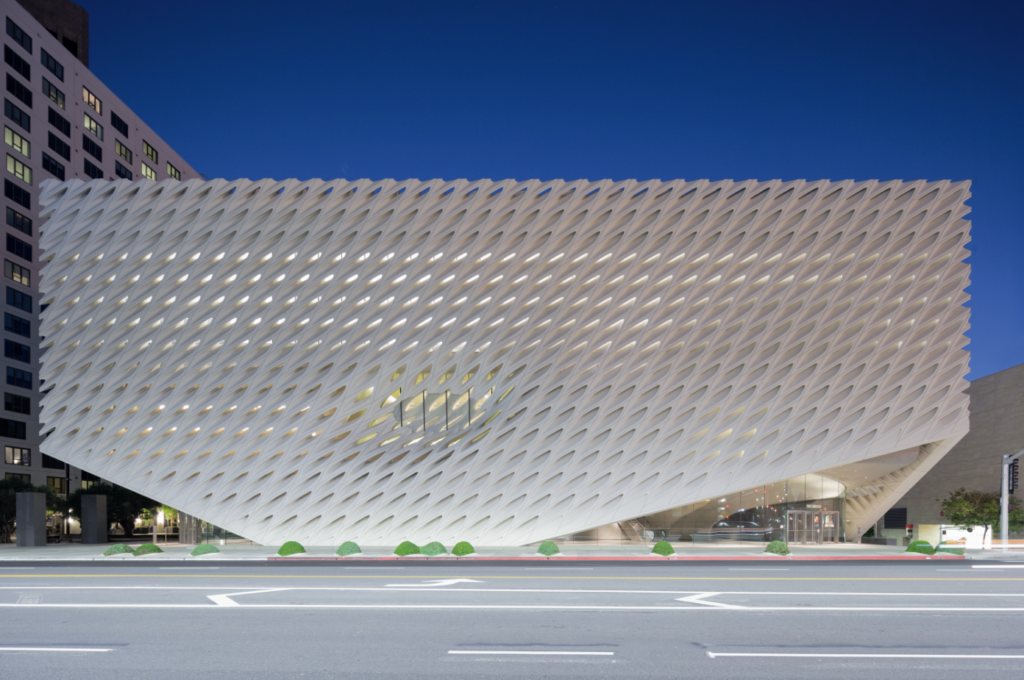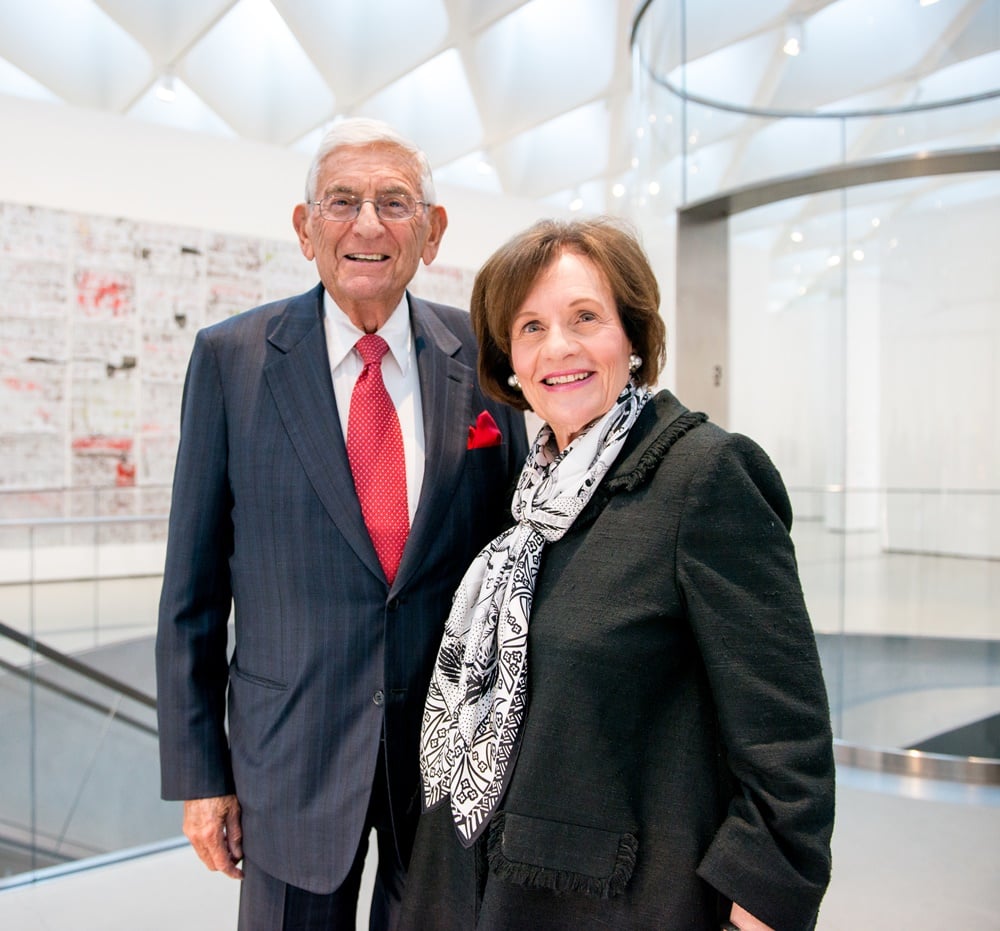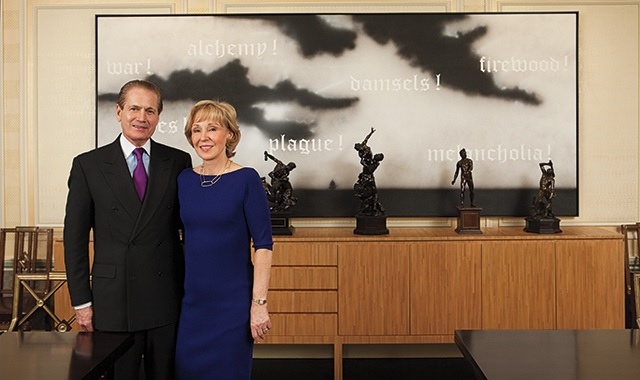Art World
Art Demystified: What’s Behind the Rise in Private Museums?
They are radically changing the role of institutions in the art world.

They are radically changing the role of institutions in the art world.

Why are so many collectors building museums these days?
Private museums such as The Broad—which the billionaire collectors Eli and Edythe Broad built in downtown Los Angeles to the tune of $140 million—are radically changing the role of institutions in the art world.
And while making private museums publicly accessible is nothing new—especially in the United States—the shift towards the privatization of culture across the globe certainly is something worth investigating.
On the surface, the trend appears to reflect worthwhile philanthropic endeavors on the part of the benefactors. But evidence suggests that tax benefits also play a major role in the decision. According to the New York Times, the United States legal system allows collectors to deduct the full market value of the art, cash, and stocks they donate—often to foundations they control.

Eli and Edythe Broad. Photo Ben Gibbs for the Eli and Edythe Broad Foundation.
The New York billionaire and collector J. Tomilson Hill admits, “I can shelter capital gains. It would be the same as if I give the art to a museum.” For collectors like Hill, the advantage is clear. He can continue to enjoy his collection, while also enjoying tax exemptions. It makes financial sense.

Janine and J. Tomilson Hill III. Courtesy Janine and J. Tomilson Hill III.
In response, Senate Finance Committee Chairman Orrin Hatch investigated 11 “private, non-profit” museums owned by wealthy collectors as part of a wider effort to reevaluate the tax-exempt status of a variety of institutions, also including private universities. “Despite the good work that is being done by many private museums, I remain concerned that this area of our tax code is ripe for exploitation,” he concluded in his June report.
“While more information is needed to ensure compliance with the tax code, one thing is clear,” Hatch told the New York Times in November 2015. “Under the law, these organizations have a duty to promote the public interest, not those of well-off benefactors, plain and simple.”